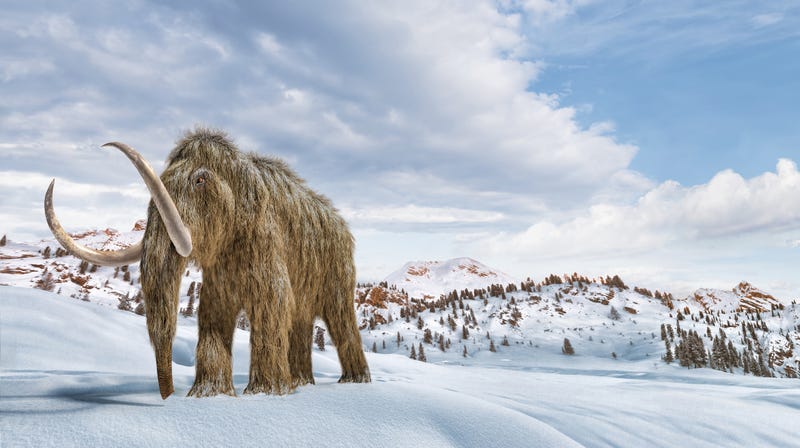
The return of the extinct woolly mammoth has been discussed for some time now, and the biotech company behind the project says that they could bring the creature back by 2027.
The Dallas-based biotech company Colossal made headlines last year after it received $60 million in funding to continue its genetic work focused on bringing animals back from extinction.
Now the company says that if successful, it will reintroduce the woolly mammoth to the same ecosystem it inhabited, which could help fight climate change.
Colossal shared its plans to reintroduce the woolly mammoth in the Arctic in a recent interview, and it said that by doing so, its migration patterns would help preserve the health of the Arctic, benefiting the world’s ecosystem.
In order to bring the woolly mammoth back, scientists will use an embryo with the help of an Asian elephant, as its DNA is a 99.6% match.
“These embryos will be implanted into healthy female elephant surrogates with our first calves expected in 5 years,” as there is a 22-month gestation period, Ben Lamm, co-founder, and CEO of Colossal, said in an interview with USA TODAY.
The embryo will be placed in an African elephant, as the company will take advantage of its size, allowing it to give birth to a new woolly mammoth, bringing it back from extinction.
“In the minds of many, this creature is gone forever,” the company says. “But not in the minds of our scientists, nor the labs of our company. We’re already in the process of the de-extinction of the Woolly Mammoth. Our teams have collected viable DNA samples and are editing the genes that will allow this wonderful megafauna to once again thunder through the Arctic.”
However, when it comes to bringing back extinct animals, Colossal isn’t planning on stopping at one. On Tuesday, the company announced that it would add the dodo to its list of creatures it wants to bring back. Others on the list include the Australian thylacine and the Tasmanian tiger.
If successful, the creature would roam the Earth for the first time in almost 350 years, as the last dodo was killed in 1681.
“The dodo is a prime example of a species that became extinct because we – people – made it impossible for them to survive in their native habitat,” Beth Shapiro, lead paleo geneticist and a member of Colossal's scientific advisory board, said in the announcement.


